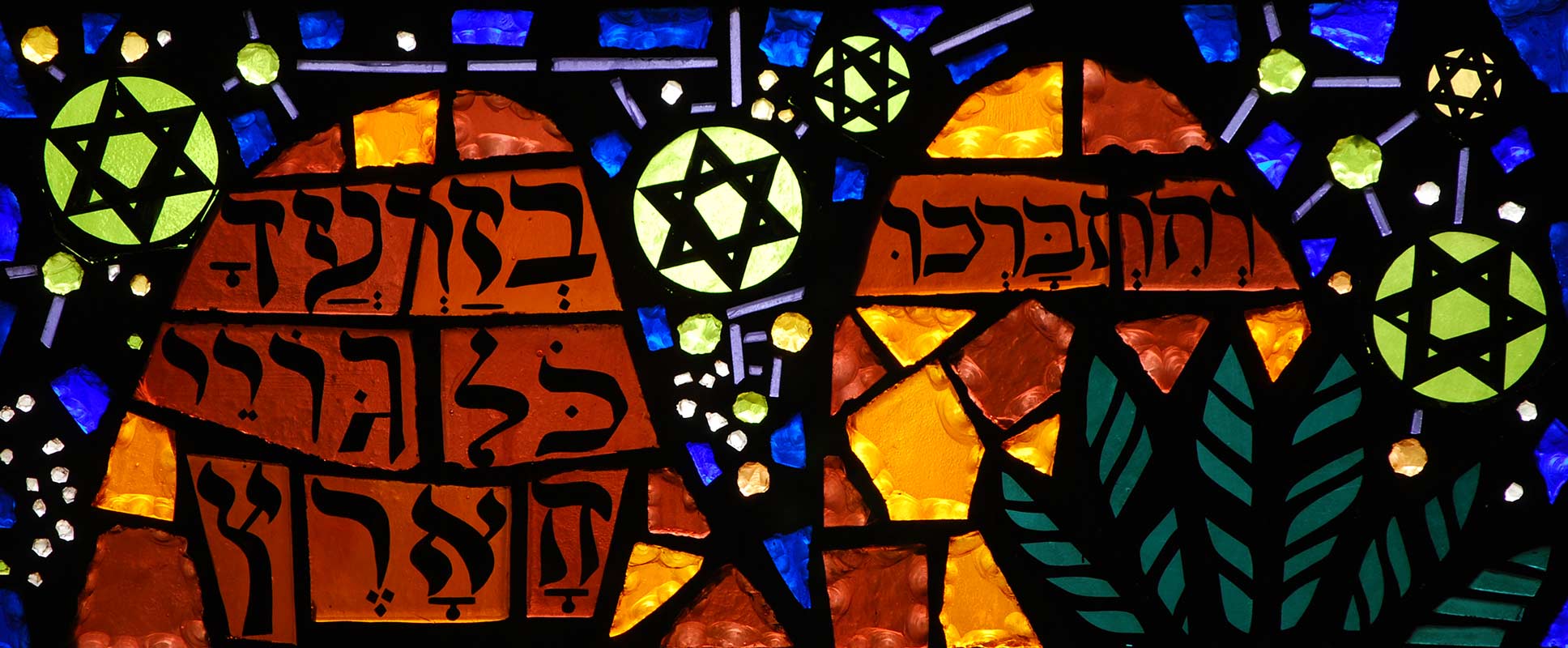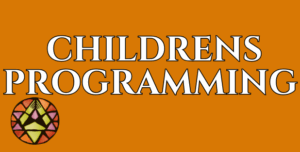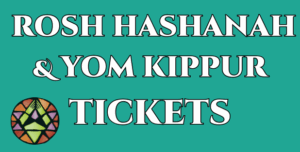
High Holy Days 5786/2025
The High Holy Days are the spiritual highlight of the year. The holidays provide an opportunity to learn more about the Jewish tradition and to share our heritage with newcomers. We invite you to observe the High Holy Day season with us. We have many programs, services, and celebrations—during the last months of the year 5785, Av and Elul, through the Days of Awe, and concluding with Sukkot and Simchat Torah. Some occasions are solemn, some are fun; some are for children, some for adults, and some are for everyone.
Explore these pages to see what is coming up in the High Holy Days 2025/5786 holiday season. As we gather together in reflection and joy, let us embrace the spirit of community and renewal. Each moment spent in prayer and celebration strengthens our bonds and enriches our lives. Join us as we embark on this sacred journey, filled with hope and inspiration for the year ahead.
Ending the Year: Av & Elul
Har Zion is celebrating the end of the Hebrew 5786 during the Hebrew months of Av and Elul, July 26, 2025, to September 22, 2025. Ranging from adult education to our yearly Shofar Walk, there are things for everyone. The festivals in the month of Av include both the solemn Tisha B’Av, the 9th of Av, begins on the evening of August 12, 2025. On Erev Tisha B’Av, we will remember the Destruction of the Second Temple and other tragedies in Jewish history. And a week later, on Tu B.Av, the 15th of Av, we will celebrate the Jewish Valentines day with a concert of Yiddish love songs, beverages, and chocolate hearts.
The month of Elul is particularly inspirational, as we sound the shofar every day in Elul in our daily minyan, and celebrate the sounding of the Shofar with out Annual Shofar Walk in the Park. The climax of the month of Elul is Selichot. The Selichot service, in 5786 on Saturday, September 13, is a solemn evening service that ushers in the beginning of the High Holy Days. Har Zion’s service combines the traditional soulful liturgy of Selichot with the accompaniment of classical musicians to open the themes of the holiday. We share dessert on the patio (weather permitting).
 The Days of Awe
The Days of Awe
Rosh Hashanah
Rosh Hashanah is the Jewish New Year — a time of prayer, self-reflection and t’shuvah. We review our actions during the past year, and we look for ways to improve ourselves, our communities, and our world in the year to come. In 2025, in the diaspora, Rosh Hashanah is observed from sundown on Monday, September 22, though sundown on Wednesday, September 24.
Kol Nidre
Our Kol Nidre services are solemn, majestic, and beautiful, creating a moving and profound beginning to the holiest day of the Jewish year. We ask God to forgive us for promises we make in the coming year that we may not be able to keep. Kol Nidre begins at sundown on Wednesday, October 1.
Yom Kippur
The Day of Atonement, Yom Kippur, is the holiest day of the Jewish calendar. It marks the end of the 10 days of repentance and is spent in fasting and prayer. Sounding the shofar signals the holiday’s end. Observant Jews do not eat, drink (including water), bathe or wear anything made of leather. Yom Kippur, is observed on Thursday, October 2, concluding at sundown. Worshippers are invited to Break the Fast at the temple at the conclusion of the Yom Kippur evening service.
 Sukkot and Beyond
Sukkot and Beyond
Sukkot
The week-long harvest festival of Sukkot commemorates the dwelling of the Israelites in tents during their 40-year journey in the Sinai desert. Many families build their own sukkah, in which it is customary to eat meals, sleep and shake the lulav, a palm frond bound together with myrtle and willow branches, and the etrog, a type of citrus. Sukkot 5786 is observed from Tuesday, October 7, to Monday, October 13.
Shemini Atzeret and Simchat Torah
Simchat Torah marks the end of the annual Torah reading cycle and the beginning of the cycle for the coming year. It is celebrated with singing, dancing, and merry processions of people carrying Torahs and children waving flags. Simchat Torah 5786 is observed from sundown on Tuesday, October 14, to sundown on Wednesday, October 15.
In the diaspora, Simchat Torah is preceded by Shemini Atzeret, in 5786 on Tuesday, on October 2. Shemini Atzeret is one of four times a year when Yizkor, the Jewish memorial service, is recited; minyan is replaced by a festival service.


 High Holy Days with Har Zion Tickets
High Holy Days with Har Zion Tickets